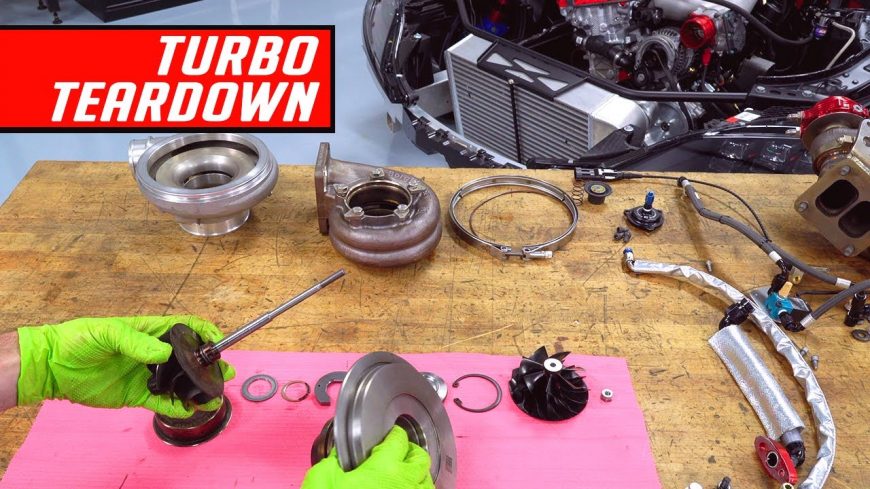Breaking Down a Turbo is the Best Way to Explain How it Actually Works

The concept of an engine, overall, is pretty simple. On one end, it needs to efficiently get as much air in as possible. On the other, the engine needs to evacuate this air as efficiently as possible. The more air that can be moved through the engine, the more power it’s going to make.
I’m sure that engineers could step in and explain it much better. They could probably shed some light on the intricacies of the process. However, in general, that’s pretty much how it all works. Make it do this better and you’re going to make more power.
In order to make this process as efficient as possible, over the years, some people have gotten rather creative. This is where something like boost comes into the equation. With the likes of turbochargers and superchargers alike, the air is compressed and forced into the engine. Naturally, more compressed air is going to be able to fit in the same amount of space as “regular” air would. This brings us back to that very basic equation that explains to us how engines run efficiently.
I think that most automotive enthusiasts kind of, sort of, understand the basic function of a turbocharger. What might get lost on some people is how exactly a turbocharger does this compressing of the air. How exactly can something be fed by exhaust gases and create even more power? This could be something difficult to understand unless someone breaks down a turbo and explains the different components to us.
This time, we get a thorough walk-through of what exactly is inside of a turbo. The guys over at PapadakisRacing always seem to have an insightful view of automotive concepts like these. It’s certainly more of the same here as they really give us some insight into how exactly all of these different moving parts come together.

